|
Middle of Essay – Illustrated section on Basic Design, 3rd of 4 Segments The reader may consider the current long, illustrated section to be a digression. Johannes describes courses for Basic Design in the Visual Arts suitable for both art students and those in other fields of study. After these 4 Segments the Essay returns to more general discussion of art education and art theory. Rather than omit this section, it is included as part of the original essay. 6. Detail and Mass: We grasp readily how spherical sections derived from the latitudes and longitudes of the globe render its form legibly and clearly. But any pattern may be altered to conform to any surfaces. For the most complex configurations do only three things against the perspective grids we can inscribe upon all forms:
6. Detail and Mass (cont’d)
Since the limits of a shape configuration are linear, suitable line elements – as my human profile shows – can render form as readily as solid areas. 6. Detail and Mass (cont’d)
6. Detail and Mass (cont’d)
0 Comments
Middle of Essay – Illustrated section on Basic Design, 2nd of 4 Segments The reader may consider the current long, illustrated section to be a digression. Johannes describes courses for Basic Design in the Visual Arts suitable for both art students and those in other fields of study. After these 4 Segments the Essay returns to more general discussion of art education and art theory. Rather than omit this section, it is included as part of the original essay. H. Two-Dimensional Design, Second Term
This once seamless continuity of learning may now be weakened, because Modern Art inclines more to celebrate that man is able to emote and feel instead of his ability to reason, know and understand. To emote and feel is no achievement – we may as well take pride in the possession of an alimentary canal. What I feel may gradually grow apparent; but what you and I can learn and understand together is the reason for this program. 2. Abstraction: The self-understanding of Modern Art regards abstraction as its central innovation, but its grasp of what that really is seems very vague at best. For Modern Art has sought to tell us that Abstraction equals progressive Non-Representation, where the least recognizable equals the most abstract.
3. The First Operation of Abstraction: A dog, a tree, a table and a stone differ sharply from each other but share a property of cubic magnitude. They each possess Height, Depth and Width – the attributes of Volume. Thus, Volume is a signal Derivation from the unwieldy visible abundance of the world and – here particularly the Abstraction of Dog, Tree, Table and Stone.
Abstraction (cont’d) 4. The Second Operation of Abstraction: If you compare my outlined volumes to the picture below which my wife has named The Floating Cube, you discover the latter to be more complex and offered in a setting to strengthen the illusion of a solid body advancing from a depth of space. It is the terminal abstraction and completion of my task, derived – like all foregoing stages – from the Final Cause that posts the artist’s problem.
5. The Continuity of Surfaces: The experiment of my faulty intuition resulted in a final sphere illustrating an acoustic fancy in which voices of exactly regulated volume are calling to a blind man to let him hear the sphere he cannot see.
(Section on Basic Design Courses to be continued next week)
In the early 1990s this was given first as a speech to a class at the Lancaster County Art Association, and in briefer form afterwards on a couple of other occasions. Some of the illustrations come from the text, others from references to physical works that Johannes brought with him, and one from live demonstration. (4th of eleven sections) E. Practical Knowledge Philosophical reflections may lead the artist to many profitable understandings. Practical knowledge, it is said, leads him directly toward action. But, as insight must inform us what is, and what is not, a worthwhile practice, we must not proceed unphilosophically when we enter into action, in order not to paint ourselves into a corner.
Though we shall look at works far surpassing a beginning education, foundation study will be the perspective from which we pay attention to them. 2. The Parts of Art: To study our English tongue we were taught to parse a sentence into its grammatical elements and the parts of speech. We thus looked precisely at the constituents of language and learned how each one helps to build the whole. The Foundation Program has the very same assignment. It divides the body of the artist’s learning into the parts of Art, in order to resolve with certainty what each part really is and how it therefore can contribute to the entire realm. 3. Descriptive Geometry: Classical art instruction teaches two scientific disciplines, Anatomy and Descriptive Geometry. The latter has longer reach and is hence the more important. Descriptive Geometry is the scientific study of three-dimensionality, and deals with volumes whose surfaces are of three types:
3) (Descriptive Geometry, cont’d)
3 . (Descriptive Geometry, cont'd) Since every basic study prepares the way for more advanced instruction, we should take note – whether or not a given art school offers it – what this advanced work ought to be: In Descriptive Geometry that is the combination of volumes in a study the Intersection of Form, and the scientific study of light, including – beyond light and shade – Mirror Optics and Refraction. 4. Drawing and Observation: This includes learning the use of the pencil as a Sighting Rod for the exact spatial disposition of all objects and their parts. But description at its best is not a copy of the subject in various shades of gray.
Comment:
|
A Blog containing longer text selections from essays by Johannes, on art, philosophy, religion and the humanities, written during the course of a lifetime. Artists are not art historians. People who write are not all learned scholars. This can lead to “repeat originality” on most rare occasions. When we briefly share a pathway of inquiry with others, we sometimes also must share the same results.
Categories
All
Archives |
| von Gumppenberg | Johannes Writes |
|
|

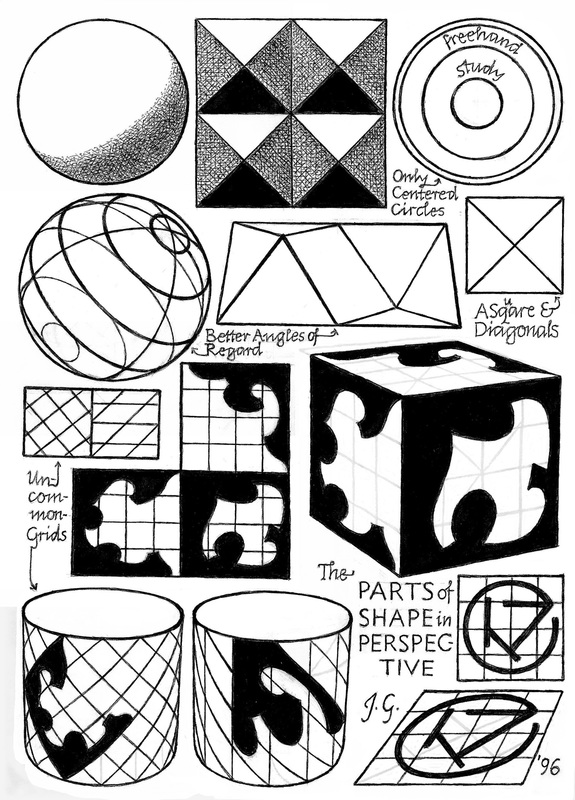
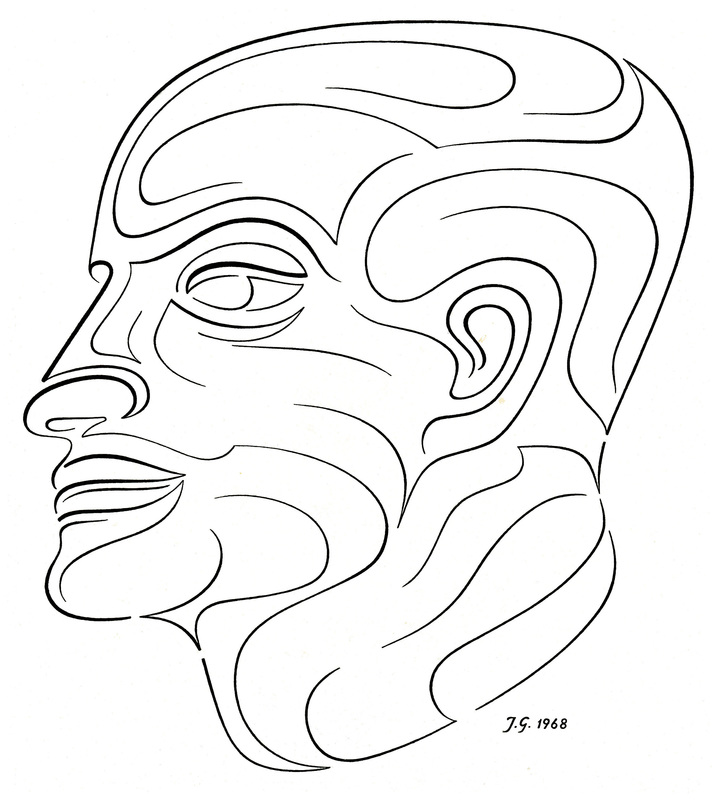
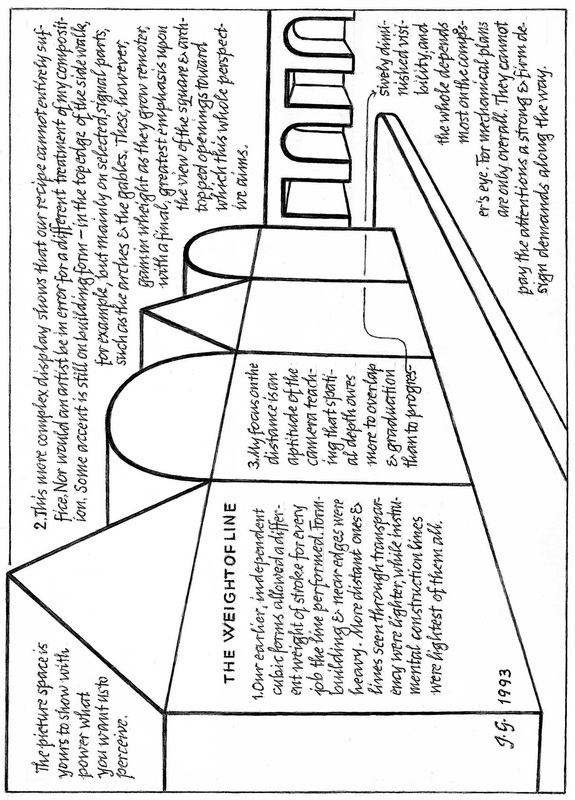
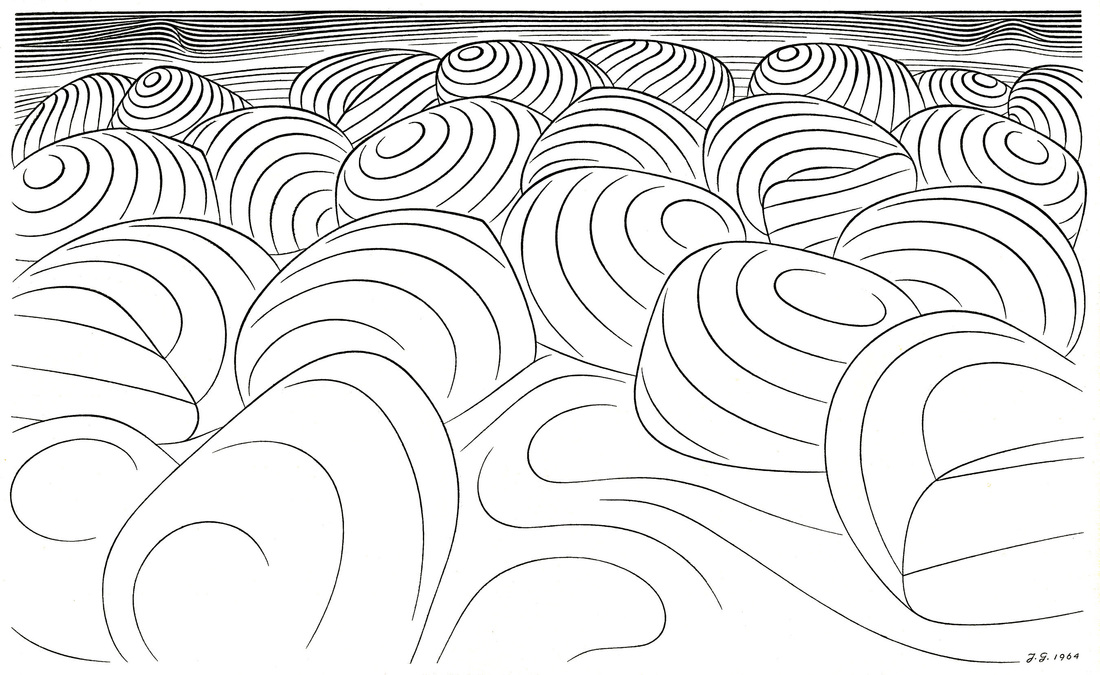


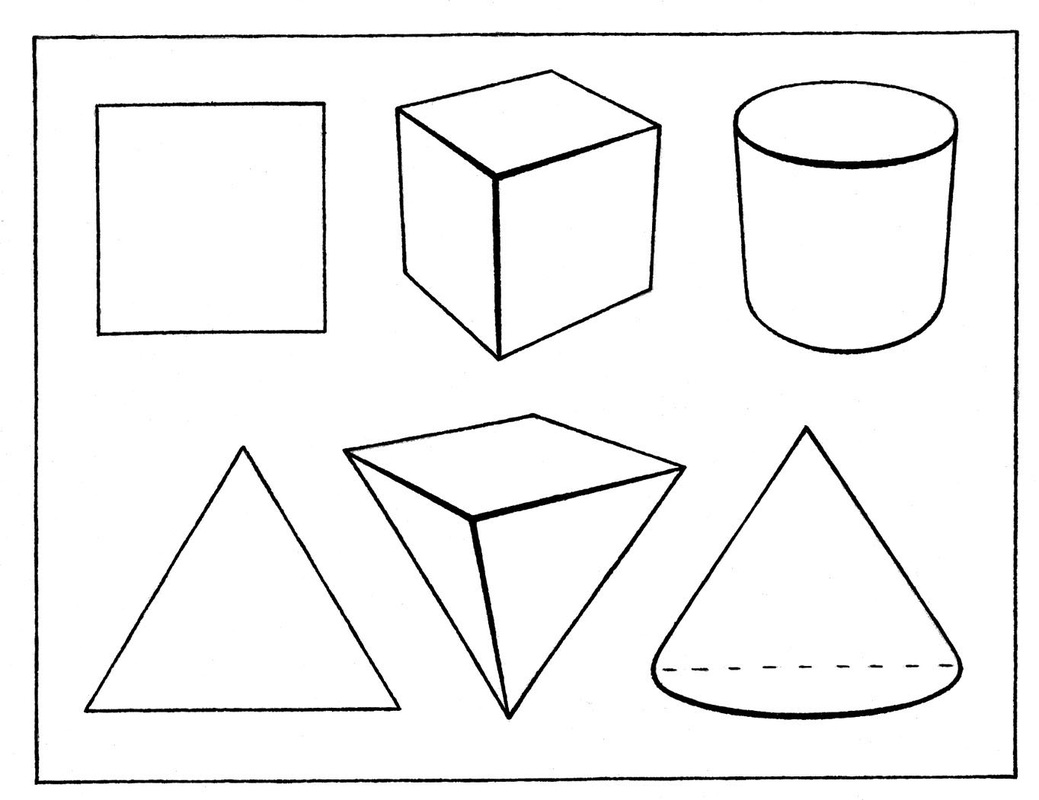
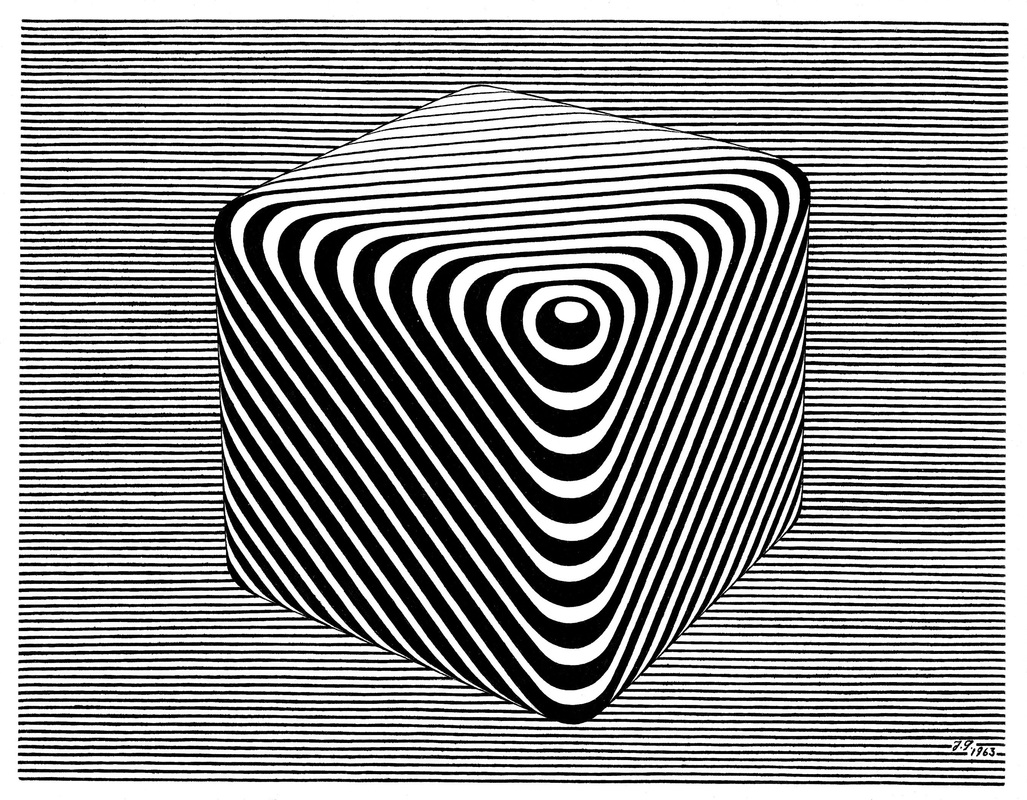
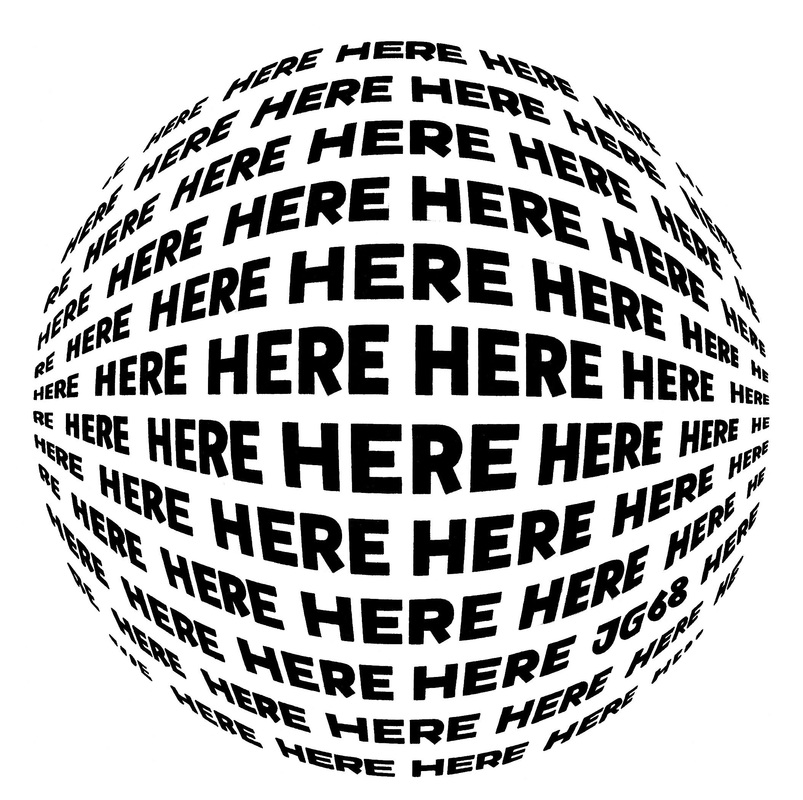


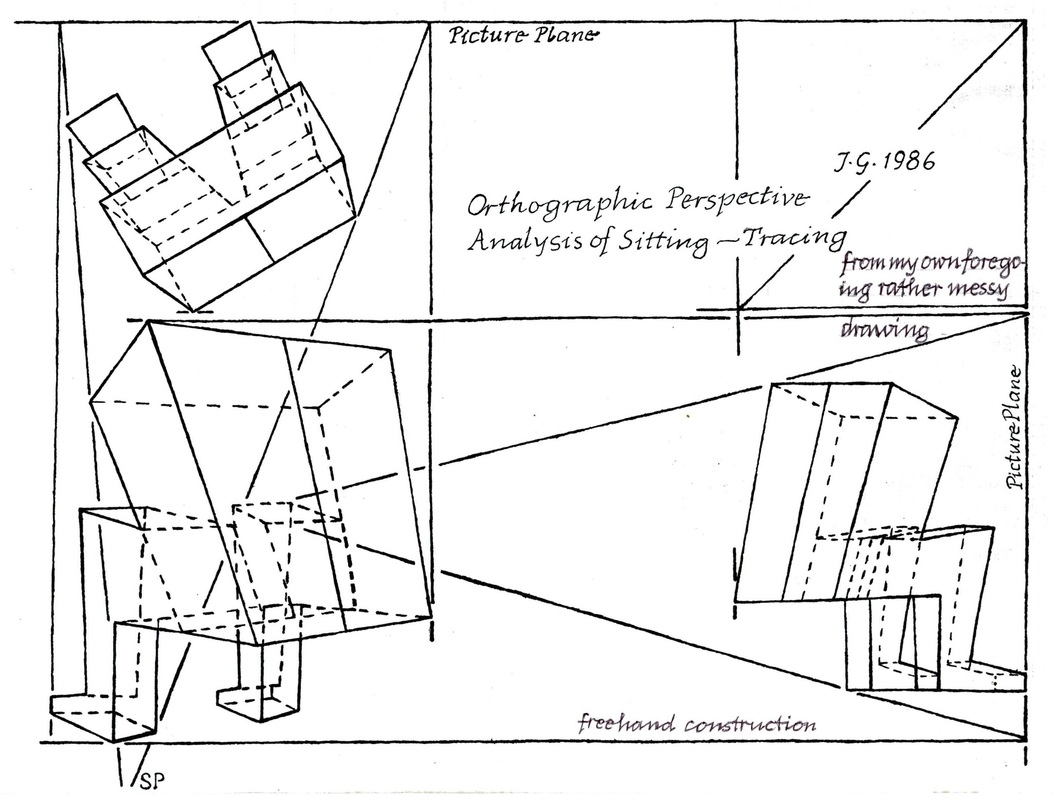
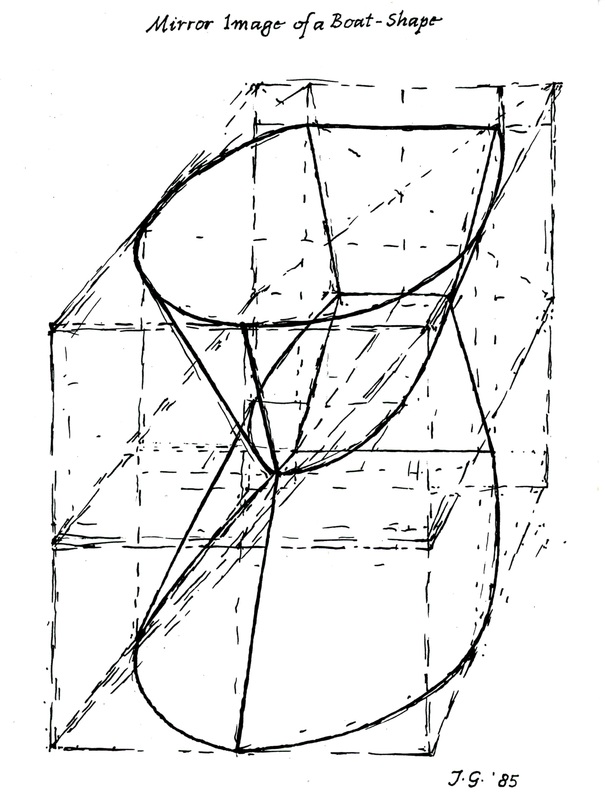

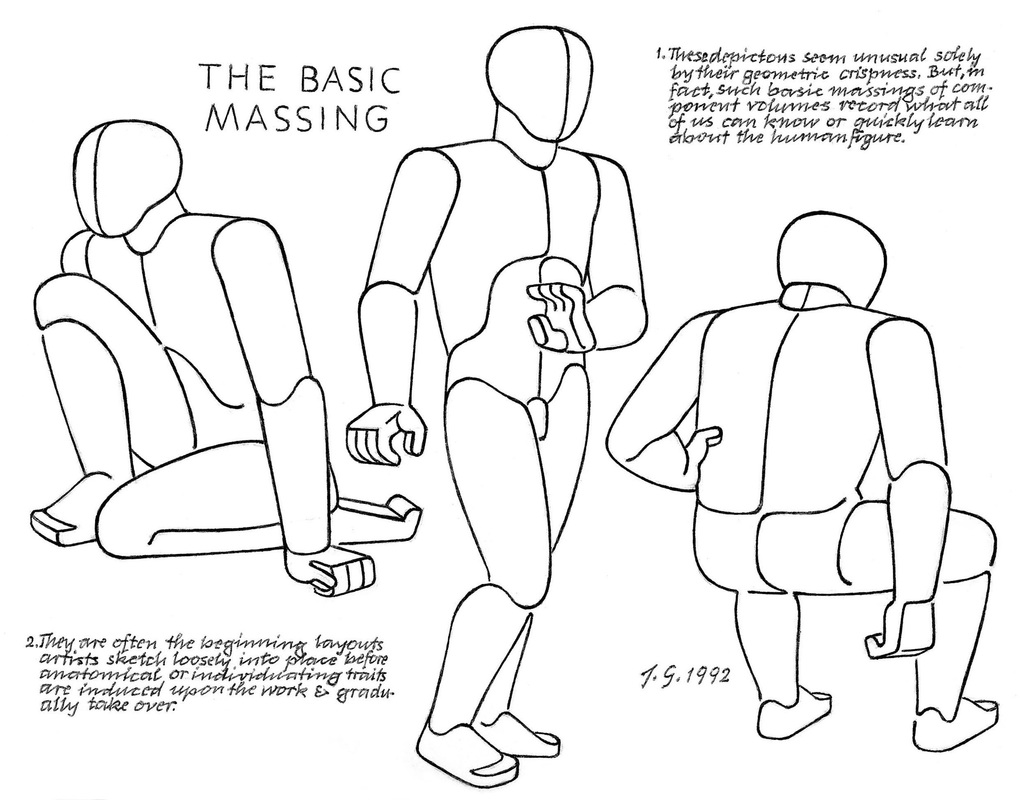
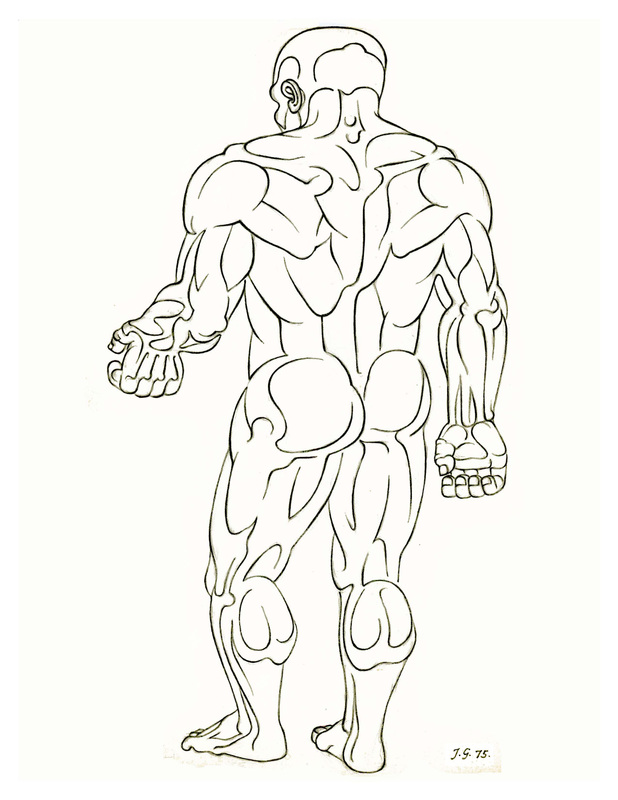




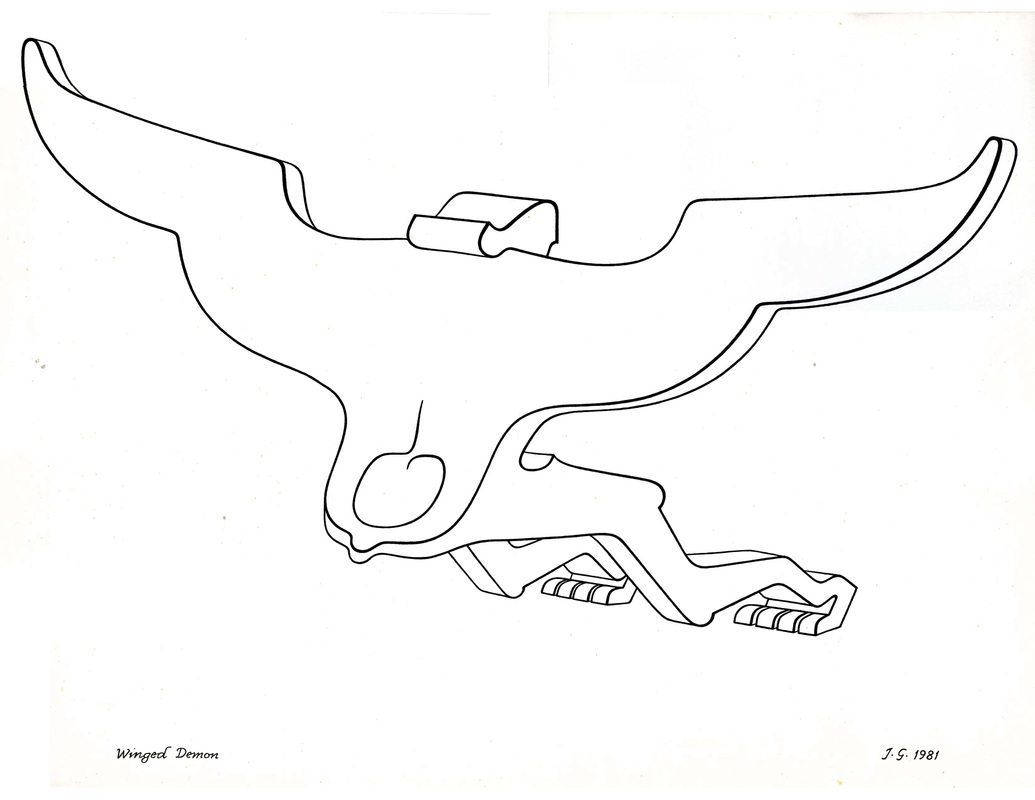

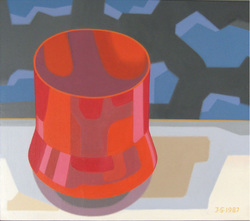







 RSS Feed
RSS Feed